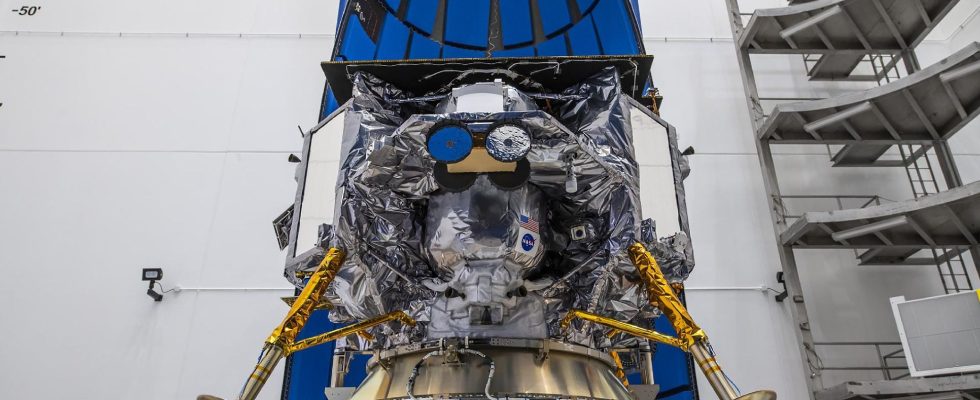Difficulties which follow one another, and which seriously compromise the success of the mission. The private American lunar lander which took off this Monday, January 8, and whose mission was to mark the first landing on the Moon of an American spacecraft in more than 50 years, is losing fuel in flight, declared the company Astrobotic, having developed the device.
“Unfortunately, it appears that the failure within the propulsion system” is causing “a critical loss” of fuel, Astrobotic said in a statement published on X. “We are currently evaluating what alternative mission profiles would be possible at present.”
An “anomaly” detected earlier
A little earlier this Monday, an “anomaly” had occurred in flight on the moon, announced the company Astrobotic which developed it, which indicated that it was working “in real time” to resolve the problem. “Unfortunately, an anomaly occurred, which prevented Astrobotic from achieving a stable orientation facing the Sun,” declared the start-up, without specifying for the moment the precise consequences of the problem encountered.
The lander, the first American device to attempt to land on the Moon in more than 50 years, includes solar panels which must be pointed towards the Sun “in order to allow maximum electrical production”, according to company documentation. The electricity generated is used to “charge the batteries and maintain operations of the lander and cargo”, specifies this same documentation. The lander took off before dawn on Monday from Florida, aboard a new rocket from the ULA group,
The device, named Peregrine, was powered up shortly after separation from the rocket, and communication was successfully established. “After activating the propulsion system, Peregrine entered a fully operational operating state,” Astrobotic explained, specifying that the problem arose afterwards. “Teams are responding in real time as the situation develops, and will provide further information as data is obtained and analyzed,” the company said.
